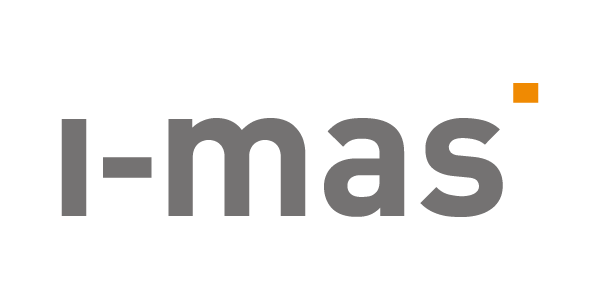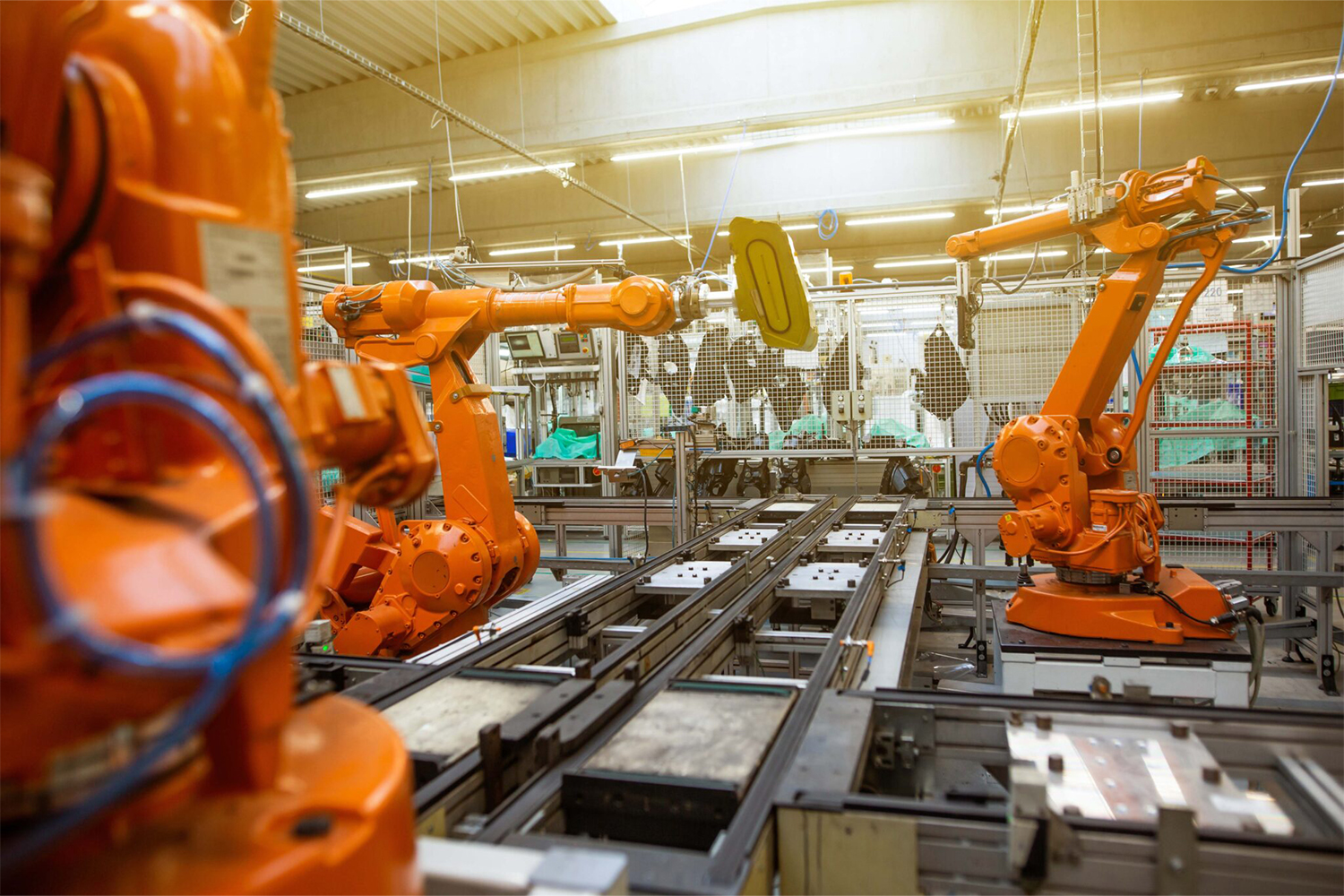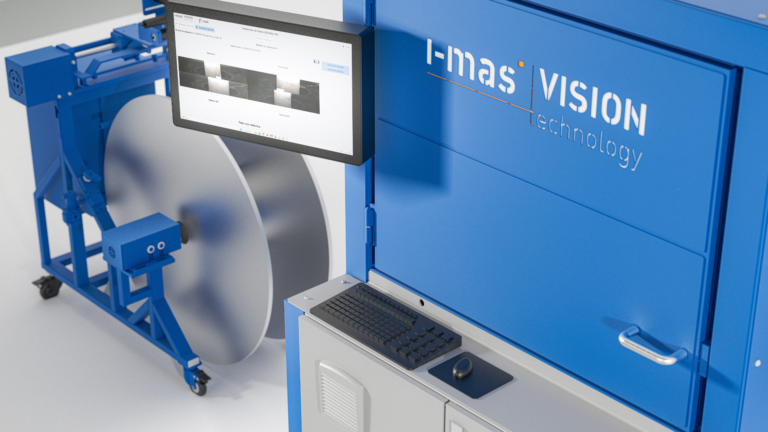Industrial automation systems are systems used to control and monitor processes, machines or devices in a computerised manner that typically perform repetitive functions or tasks. Its main objective is to operate automatically in order to reduce and improve human labor in the industry.
Thanks to automation, we can replace the repetitive and mechanical tasks performed by a person and those decisions that are made in the various production processes. This is done thanks to very powerful machinery and logical programming controls.
Have you ever stopped to think about what solutions industrial automation systems bring to organisations? In this article we tell you all the benefits.
Benefits of automation in industrial processes
These systems allow factories and industrial processes to be automated, so that productivity can be increased to continuous production, 24 hours a day, seven days a week. Assembly times are reduced and final production is higher. Industrial automation systems make it possible to eliminate human error and improve the quality and homogeneity of the products offered by the organisation. Moreover, unlike in humans, performance is not reduced after several hours of continuous work.
Devices and machines work at a constant and continuous pace. The automated production processes have greater durability and stability if they are managed by automated systems. To this, we must add the ease of adding new tasks. While implementing a new function on a traditional production line would take hours of staff training and a subsequent adaptation process, on a line with an automated system it is as simple as reprogramming the machine or robot. This makes changeover easier and allows greater flexibility in the production process.
On the other hand, data warehousing also improves with the precision offered by automated systems and allows more accurate and precise decisions to be made.
In addition, using robots on production lines improves safety and avoids certain workplace accidents in which workers may be involved. To improve the prevention of these risks, various governments have promoted automation and robotics in large factories.
One of the main objectives of industrial automation systems is to reduce costs. Although the initial investment is high, automating different tasks in factories and production lines has a great benefit over time. Workers also benefit from this, as they develop new roles and can dedicate their time to tasks with high added value.
What types of industrial automation systems can we use?
As mentioned above, automation eliminates manual labor from a production line, but requires the supervision and maintenance of the machines by the operators. When a company implements systems of this nature, it allows the entire production process to be carried out from start to finish without requiring human assistance.
Considering the various functions that need to be developed, the following automation systems can be used:
- Artificial Neural Networks: This is a computational model that simulates neural connections and adapts its structure based on information. It is used to classify relationships and identify patterns collectively. Control systems, pattern recognition in systems, automated commercial systems… are some of its applications.
- Programmable Logic Controllers (PLCs): These are systems that operate in real-time and control entire production lines. PLCs are designed to control multiple input and output signals. It is used to control the logic of operation for machines, plants, and industrial processes.
- Interface between machines and humans: these systems rely on human intervention to operate, such as computers or ATMs.
- Distributed control systems: these controls are decentralized and are spread throughout the system, depending on the part they need to monitor. They can be used in power stations, refineries, and oil fields, among others.
- Supervisory control system: This is an automation that works to translate sensor signals into understandable data. This system fully controls the different production plants.
At i-mas we have our own automation and artificial vision department that develops projects to improve our customers’ industrial processes. We offer comprehensive solutions for the automation of various processes that are carried out. We work to achieve the best machines and technologies that allow our customers to achieve their objectives and improve their processes.
Do you want to learn more? Discover some of the projects we have worked on our website.
Get in touch with us!




